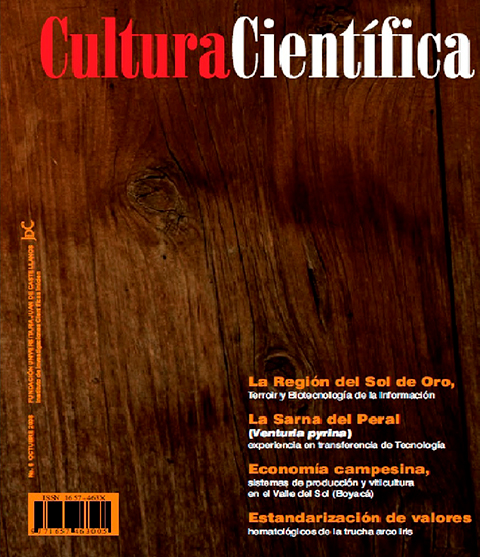Keywords:
Management Projection, financial prospective, small businesses, best practices for small businessAbstract
The PYMES are the smallest economic units where the greatest ideas are germinated. They are born in the familiar nucleus and grow as the market demands their products or services. At this level the company´s working capital is equal to the owner (s) contributions, different from the investment in technology, research, development and intellectual capital, among others. In this work there have been implemented some of the practices to follow in the implementation of the value change for the Pyme´s growth. Financial and tax planning is divided into three stages, taking into account the size according to the asset value and the number of employees. In the same way, it is subdivided into the following projection subthemes: social contribution, company constitution, creation objective, capital structure, income, costs and expenses, taxes as expenses, taxes as fiscal benefits, financial tools for continuous evaluation, as a tool for decision-making and continuity of the company, avoiding its definitive closure.
Downloads
References
CARDOZO, H. 2006. Auditoria del Sector Solidario. 1ra ed. Editorial Ecoe Ediciones. Bogotá Colombia.
____________ 2005. Contabilidad de Entidades de Economía Solidaria. 2ra ed. Editorial Ecoe Ediciones. Bogotá Colombia.
CORTA DA, J. 2001. Management del Nuevo Siglo. 1ra ed. Editorial Prentice Hall. Buenos Aires.
INSTITUTO COLO MBIANO DE DERECHO TRIBUTARIO. 1999. Derecho Tributario. 2da ed. Editorial ICDT, Bogotá Colombia.
LEY 905 DE AGOSTO DE 2004. Ediciones Momo. Bogotá. LEY 1111 DE DICIEMBRE 27 DE 2006.
MOR ENO, A. 2007. La letra menuda del TL C. 1ra ed. Editoral GEW Ltda. Bogotá. Colombia.
KAPLAN, R. y NORTON, D. 2001. Cómo utilizar el cuadro de mando integral. SANÍN, I. 2001. Un nuevo derecho societario: El propuesto desde el Estatuto tributario. 2da ed. Editorial Temis. Bogotá Colombia.
VAN HOR NE, J. 1997. Administración Financiera. 10 ed. Editorial Prentice Hall. México.





